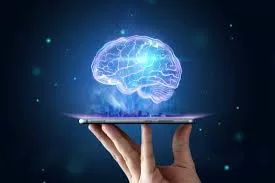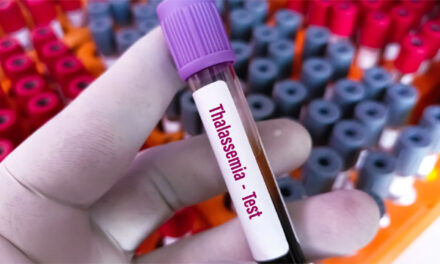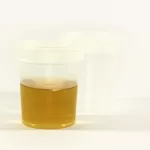A team of scientists from the University of Wisconsin-Madison has achieved a groundbreaking feat by developing the world’s first 3D-printed brain tissue that exhibits growth and functionality akin to typical brain tissue. This breakthrough holds profound implications for neurological research and the development of treatments for various neurological and neurodevelopmental disorders, including Alzheimer’s and Parkinson’s disease.
Traditional 3D-printing methods have posed challenges for printing brain tissue effectively. However, the UW-Madison researchers adopted a novel approach, sidestepping the conventional vertical layering technique. Instead, they arranged brain cells, derived from induced pluripotent stem cells, horizontally in a softer “bio-ink” gel.
Professor Su-Chun Zhang, from UW-Madison’s Waisman Center, explained, “The tissue still has enough structure to hold together but is soft enough to allow the neurons to grow into each other and start talking to each other.”
Unlike previous attempts, where layers were stacked vertically, the printed cells were placed next to each other, resembling pencils laid on a tabletop. This unique approach facilitated optimal oxygen and nutrient supply to the neurons, fostering their growth and communication.
Yuanwei Yan, a scientist in Zhang’s lab, highlighted the results, stating, “The printed cells reach through the medium to form connections inside each printed layer as well as across layers, forming networks comparable to human brains.”
The 3D-printed brain tissue exhibited remarkable functionality, with neurons communicating, sending signals, and interacting through neurotransmitters. Even when different cells from various brain regions were printed, they demonstrated the ability to talk to each other in a specialized manner.
Zhang emphasized the precision and flexibility offered by their printing technique, allowing control over the types and arrangement of cells. This level of specificity is not achievable with brain organoids, providing researchers with a powerful tool to study complex brain networks comprehensively.
The applications of this technology are vast, ranging from studying signaling in Down syndrome to exploring interactions between healthy and Alzheimer’s-affected tissue. The printed brain tissue can also be instrumental in drug testing and observing the natural growth of the brain.
The researchers believe that their method will be accessible to many labs, as it does not require specialized bio-printing equipment and can be studied using common laboratory tools. Future improvements may involve refining the bio-ink and enhancing equipment to allow for more specific orientations of cells within the printed tissue.
The study, supported by various grants and foundations, marks a significant leap forward in brain research, offering a promising avenue for gaining insights into complex neurological conditions and advancing potential treatments.












